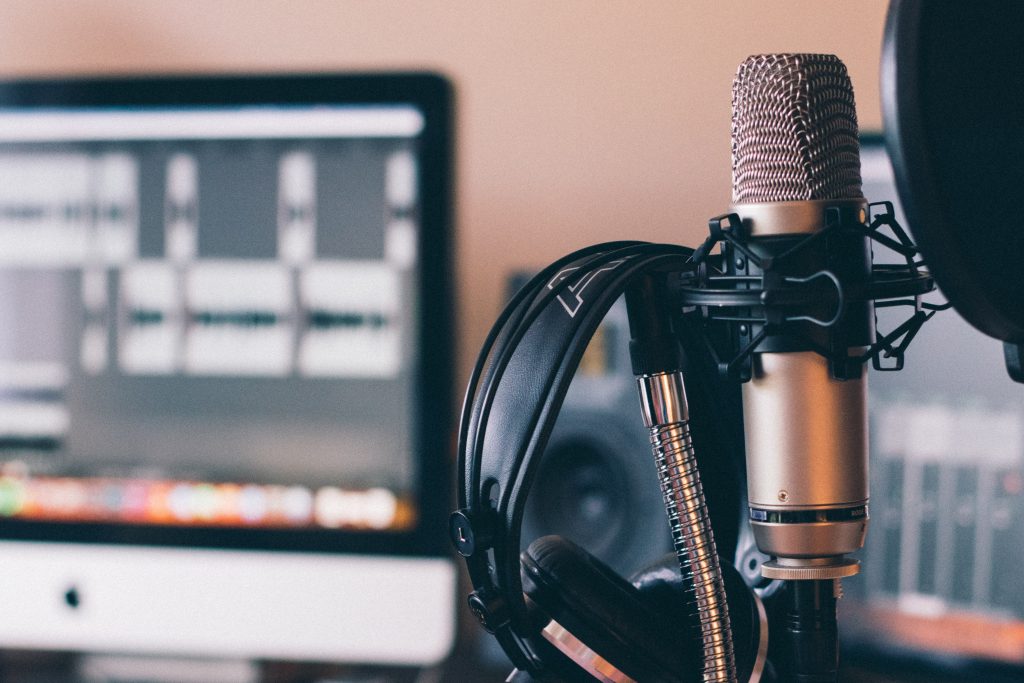This post is part 2 of 3 in a brief series on creating video for those with disabilities. I’m no expert, but can at least offer some suggestions for creating video that’s more accessible. Our goal: to create content with Universal Design in mind. If you need more guidance or are interested in learning more, I’d recommend that you engage a specialist.
You may not have a product or service that is geared directly toward those with disabilities. But perhaps you do. Either way, we know that video does a great job communicating and is the preferred way to reach people online. And we don’t want to exclude a part of the population from experiencing this.
How often do you think about the large portion of our population that lives with some disability? Have you ever thought about how you might design video for these people? What’s their experience like?
And, more specifically, how can we make video accessible for those that are blind or visually impaired?
The Problem
Video is a visual medium. Unfortunately, our viewers struggle with sight. How exactly are you going to design a video for somebody who can’t rely on visuals?
Oftentimes, those with some form of impairment or disability make up for it with heightened senses or greater understanding in other areas. For example, those with ADHD typically have a more imaginative way of looking at things. Fortunately for us, those who are blind or (seriously) visually impaired often pay much closer attention to audio than those who see well. And sometimes they’ll also have much better memories!
On one end of the spectrum stand those who cannot see at all. On the other end, those who experience minor impairments; i.e. someone who needs to wear reading glasses to focus up-close. Since those with minor impairments can get along pretty well, this article will focus on those that experience more difficulty.

Make Your Visuals Audible
The biggest barrier to those who struggle with visuals is understanding what’s going on within a video or picture. W3Schools, an educational website for creating web technologies, recommends that images always include “alternate text” for whose who are blind or visually impaired; that is, while scraping a website, these people encounter “picture of dog eating ice cream” instead of getting caught unaware that there was a picture on the webpage.
In a video, we’re looking to replicate that same type of effect. Although we know that nonverbal storytelling is best, we’ll need to add some audio for those who can’t see the nonverbals.
Practical Ecommerce recommends that you create visual descriptions of significant events and places in your video. Rather than just showing the dad & daughter reading a book in bed, you’ll need to explicitly spell it out. University of Washington explains that “when pauses occur in the original production, the speaker[, who is transcribing visuals to audio,] reads titles, names and describes scenery, objects, and other visual information for the viewer who cannot see.” More details can be found on University of Washington’s DOIT page, with some additional resources.
There are, in fact, professional services who can do this for you. Practical Ecommerce’s article includes a list of services & video players that support this goal. This is all in favor of designing a better soundscape, such that people can understand in audio what is happening visually.

Build Better Sound (Design)
Another way to ensure that your video is accessible is to create clear, crisp sound design, such that what’s going on is immediately understandable to someone who isn’t watching. Ask yourself “could I understand what’s going on in my video if I could only hear it?”
Although this is not applicable to all types of videos, it covers a broad range. If there’s a car crash, does it sound like a dump truck emptying glass into a container? Or does it actually sound like large metals objects hitting each other at high speed?
The more clearly you can design your video with sound, the better of a product you’ll have. And the more accessible you’ll be. The best test of this is to “watch” your video without turning on the visuals.
If you have to compromise on nonverbal storytelling to get your audio this clean, it’s probably not worth it. You may instead want to opt with the first option.
If you start thinking about how to make your video more accessible from the start, you’ll be opening the doors to a wider potential audience. And they won’t feel shoehorned in, as you’ll be designing with accessibility as a focus in the beginning.
Although not directly applicable to video, you may find UK Home Office’s Accessibility posters helpful to reminding you how to be accessible across several disabilities.
Good luck! Don’t be afraid to engage a specialist for further help.


